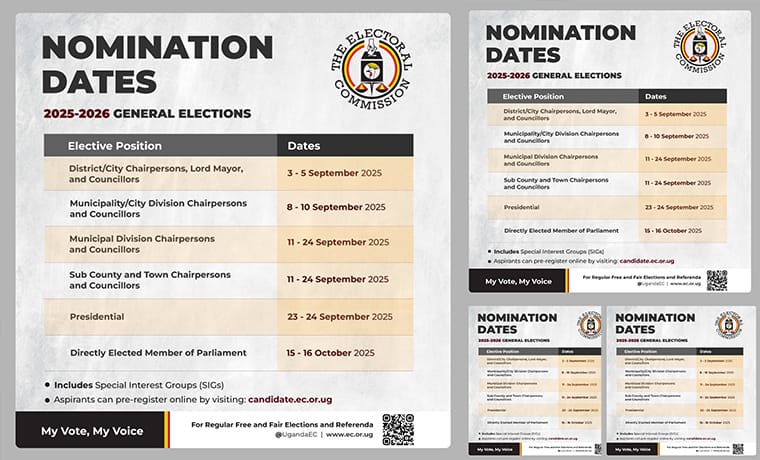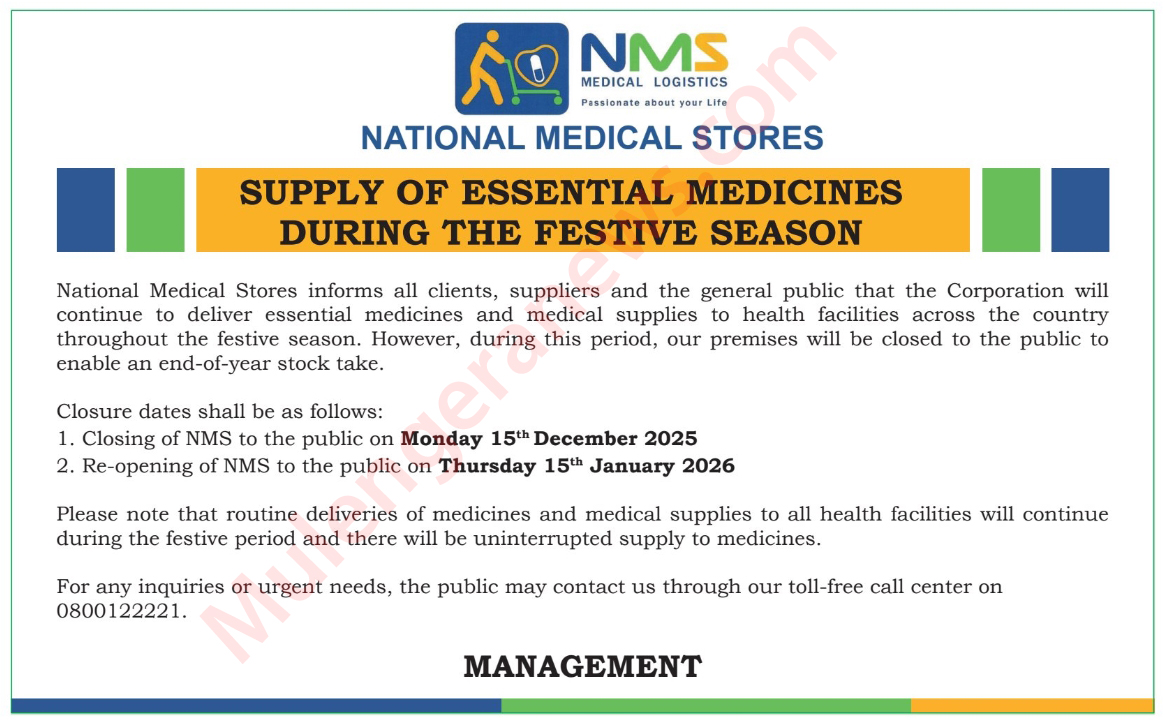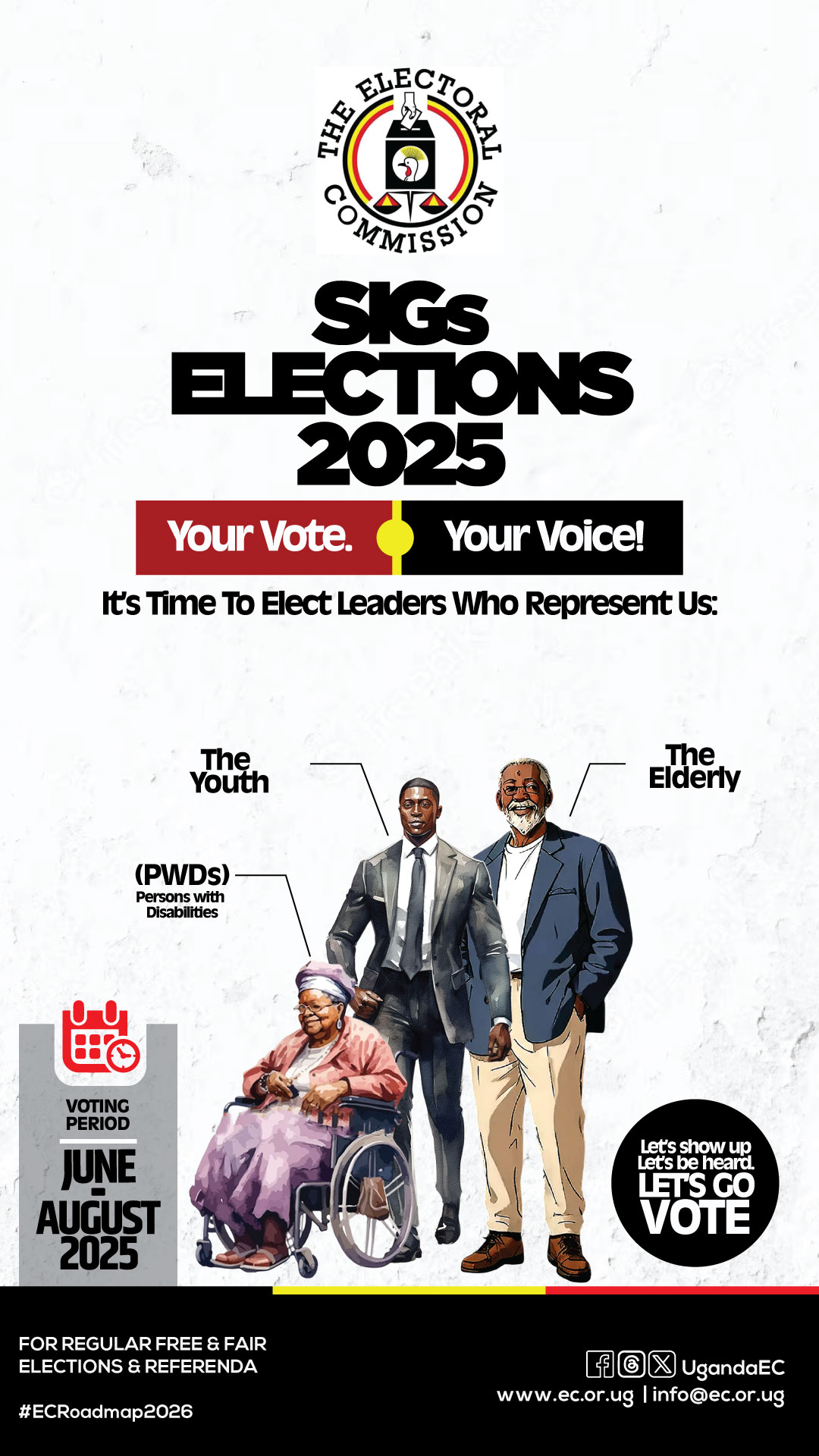 By Mulengera Reporters
By Mulengera Reporters
A recent survey conducted by IPSOS and the National Audience Measurement Survey Technical Research Team (NAMS TRT) has revealed a significant shift in media consumption trends, with traditional media, particularly newspapers experiencing a decline while internet usage continues to rise.
According to the findings, print media (newspapers) are losing audiences as more people turn to online platforms for news, entertainment, and communication. The survey indicates that newspaper readership has been declining since 2019. In 2018, 8% of people read newspapers, but by 2024/25, this figure has dropped to 7%.
The report attributes this decline to several factors, including increased accessibility to smartphones, affordable internet data packages, and the growing influence of social media.
Young people, in particular, have shorter attention spans, with a higher percentage spending less than 30 minutes reading newspapers compared to those who dedicate more time.
The survey highlights that a majority of young people now rely on digital platforms such as Facebook, YouTube, and TikTok for news and entertainment, reducing the dominance of traditional broadcasters.
Similarly, online news websites and blogs are gaining traction, leading to a decline in newspaper readership.
At the release of the survey findings, key media industry stakeholders weighed in on the results. Dr. Innocent Nahabwe, Chairperson of the National Association of Broadcasters (NAB), emphasized the survey’s importance in advancing the media industry. “IPSOS Uganda’s work on the 2024/2025 National Audience Measurement Survey (NAMS) has fostered an open and inclusive process. We encourage media houses to carefully study these findings for the betterment of their businesses,” he said.
The survey also revealed a decline in the overall performance of traditional media, noting a drop in radio listenership and stagnant performance in television viewership.
Mr. Rommel Jasi, Chairperson of the Uganda Advertisers Association (UAA), stressed the need for data-driven decisions in advertising. “We thank IPSOS Uganda for involving all stakeholders. These findings are critical for advertisers looking to maximize their return on investment,” he noted.
IPSOS Uganda worked closely with key industry associations such as the National Association of Broadcasters (NAB), Uganda Media Owners Association (UMOA), Uganda Advertisers Association (UAA), and the Online Media Publishers Association (OMPA) to ensure the survey was inclusive and representative of the media landscape.
Ms. Tina Wamala, President of the Public Relations Association of Uganda (PRAU), acknowledged IPSOS Uganda’s collaborative approach. “In our industry, stakeholder engagement is critical. We appreciate IPSOS Uganda for ensuring that all voices were heard in this process,” she remarked.
The findings underscore the urgency for media houses to adapt to changing audience habits. As the digital era takes center stage, traditional media must evolve to remain relevant. After all, [A tree that does not bend with the wind will eventually break]. (For comments on this story, get back to us on 0705579994 [WhatsApp line], 0779411734 & 041 4674611 or email us at mulengeranews@gmail.com).

































